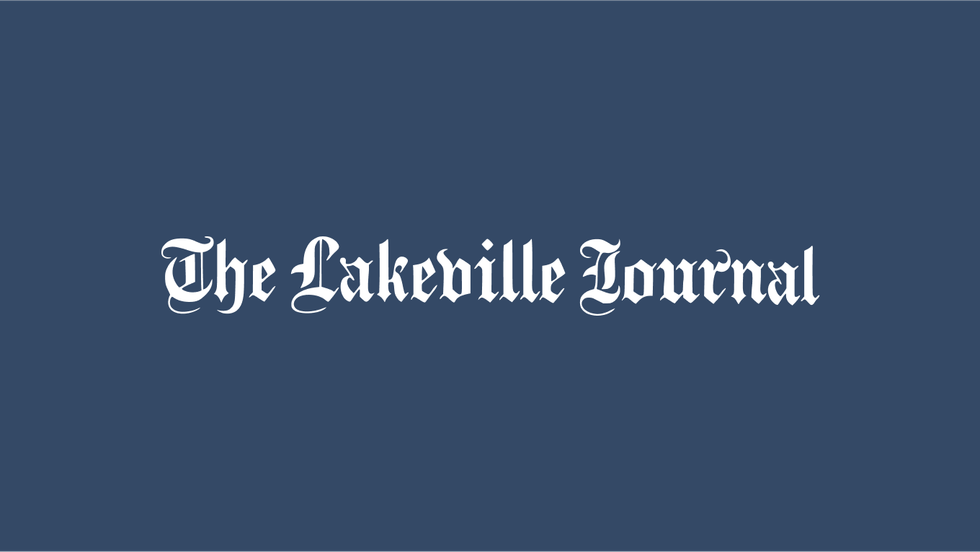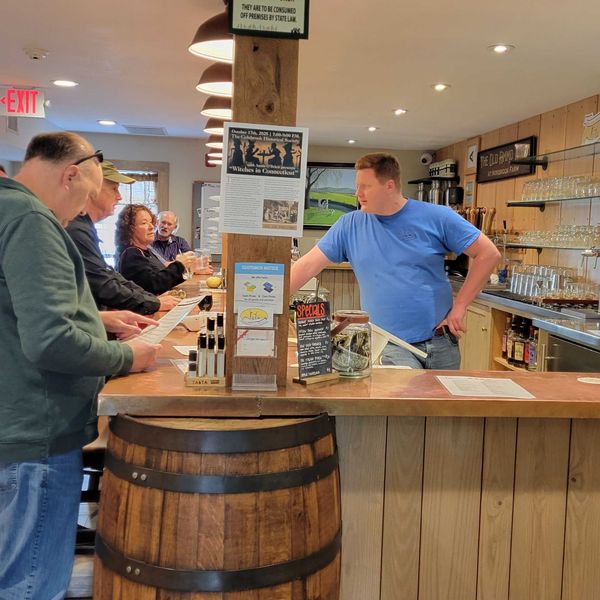The hydrilla menace: Lessons learned, shared in 2024 to aid in ongoing battle to safeguard lakes
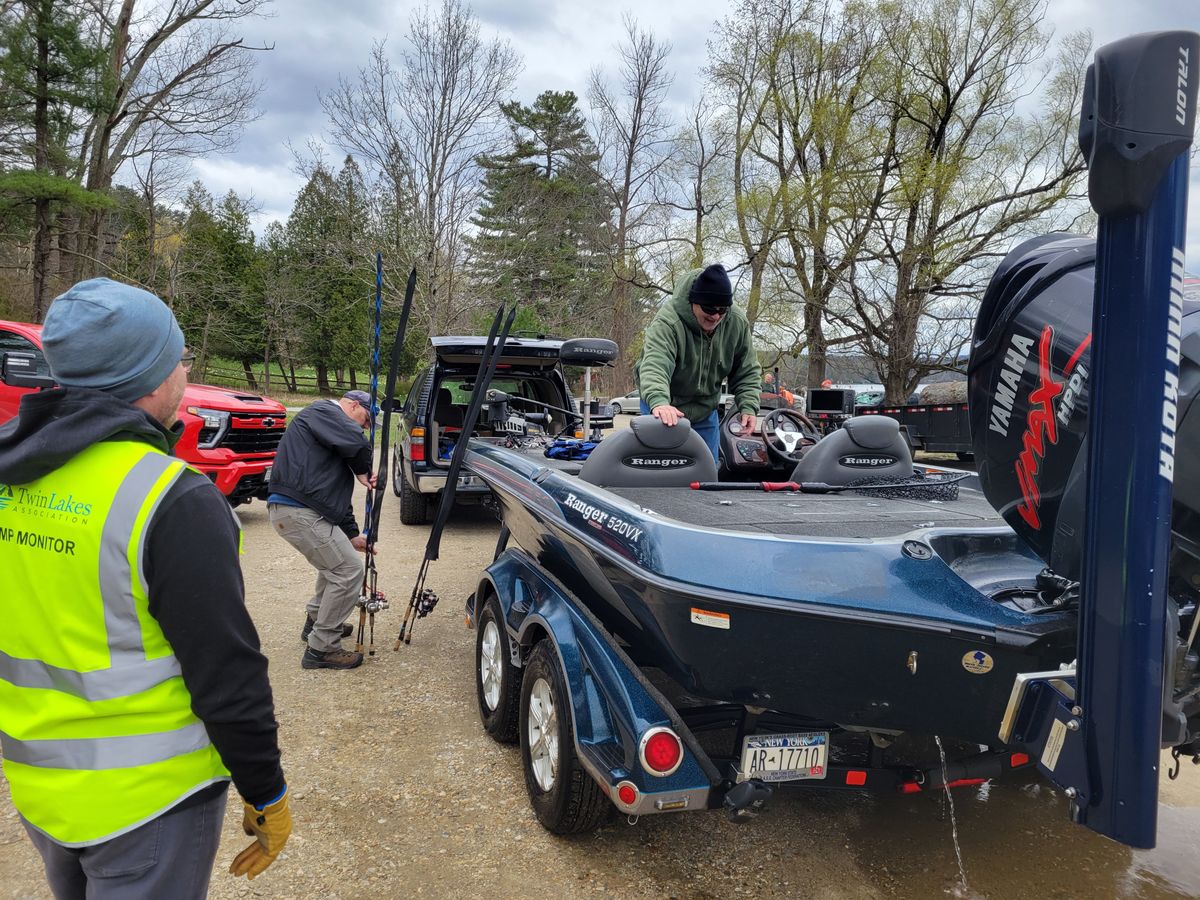
Adam Mayer, left, was hired last April by the town of Salisbury to manage the new Boat Launch Monitoring Program at the East Twin Lake marina.
Debra A. Aleksinas


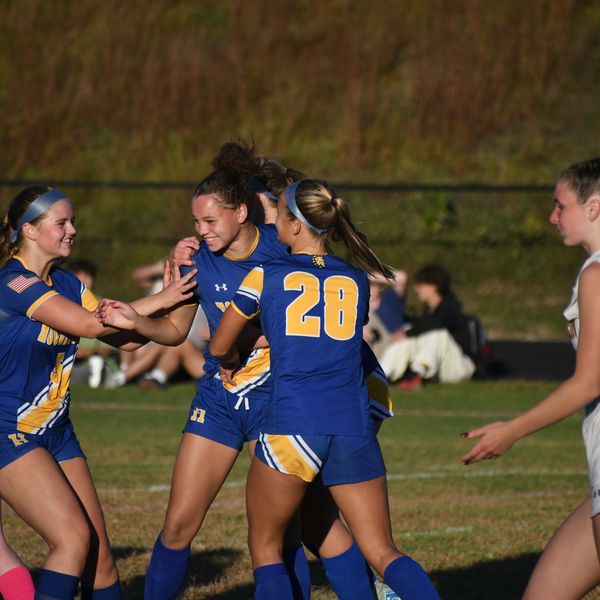



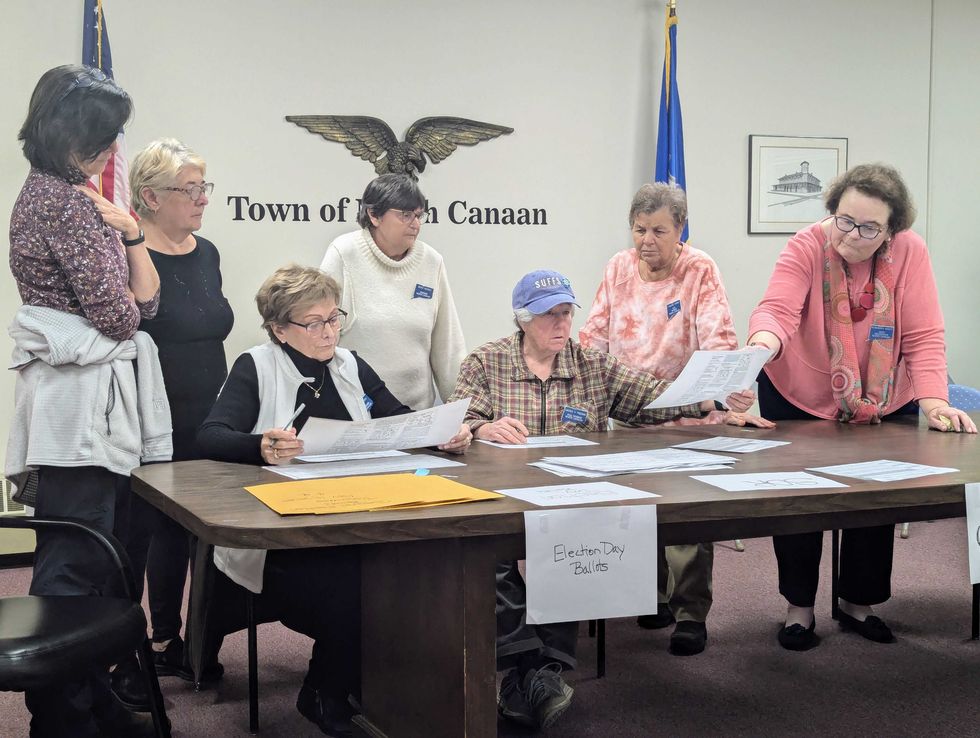 Recount Moderator Rosemary Keilty, at right, leads the team of poll workers during the recount in North Canaan Town Hall Monday, Nov. 10. Riley Klein
Recount Moderator Rosemary Keilty, at right, leads the team of poll workers during the recount in North Canaan Town Hall Monday, Nov. 10. Riley Klein 

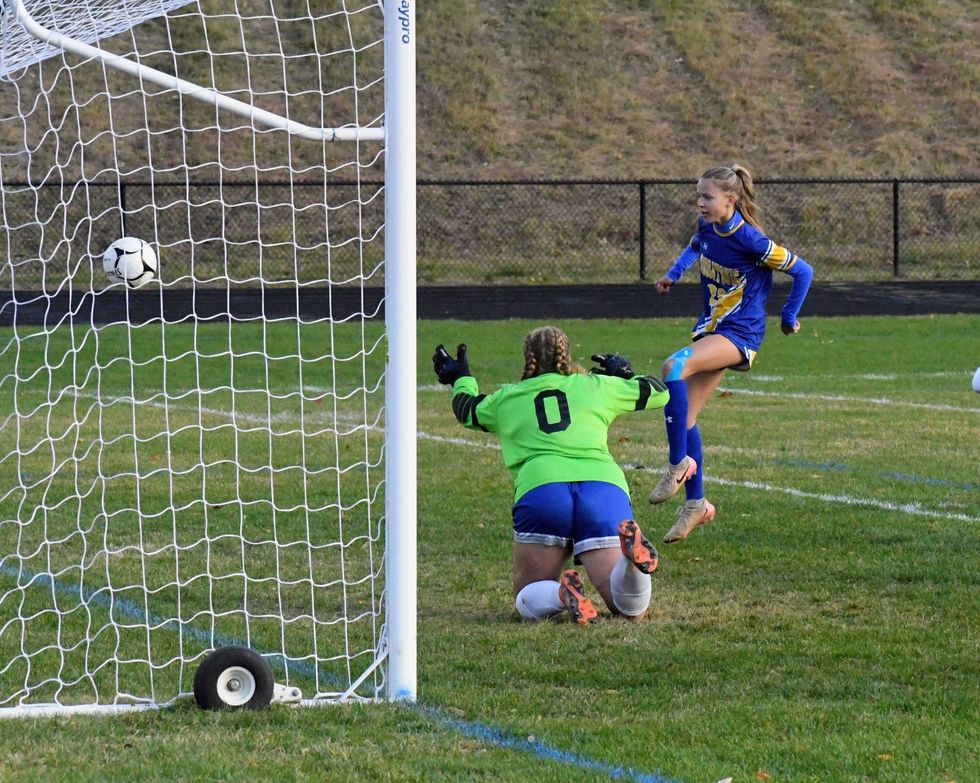 Lyla Diorio scores for HVRHS in the second-round game against Stafford High School Tuesday, Nov. 4.Photo by Riley Klein
Lyla Diorio scores for HVRHS in the second-round game against Stafford High School Tuesday, Nov. 4.Photo by Riley Klein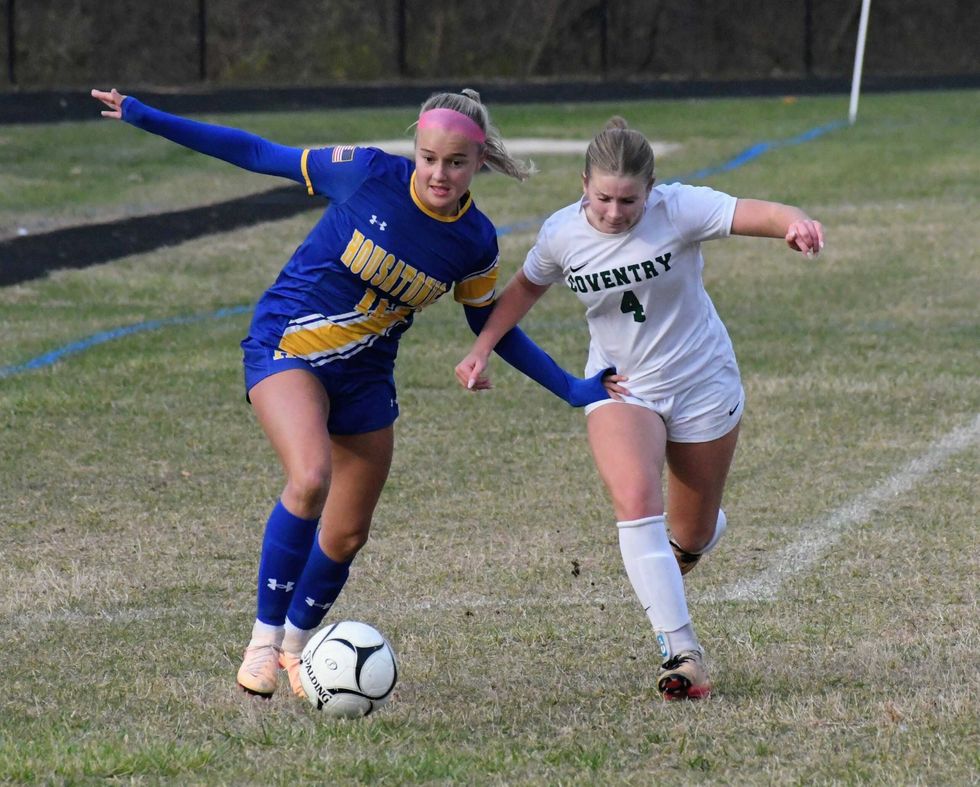 Georgie Clayton, left, races Mazie Cox for the ball.Photo by Riley Klein
Georgie Clayton, left, races Mazie Cox for the ball.Photo by Riley Klein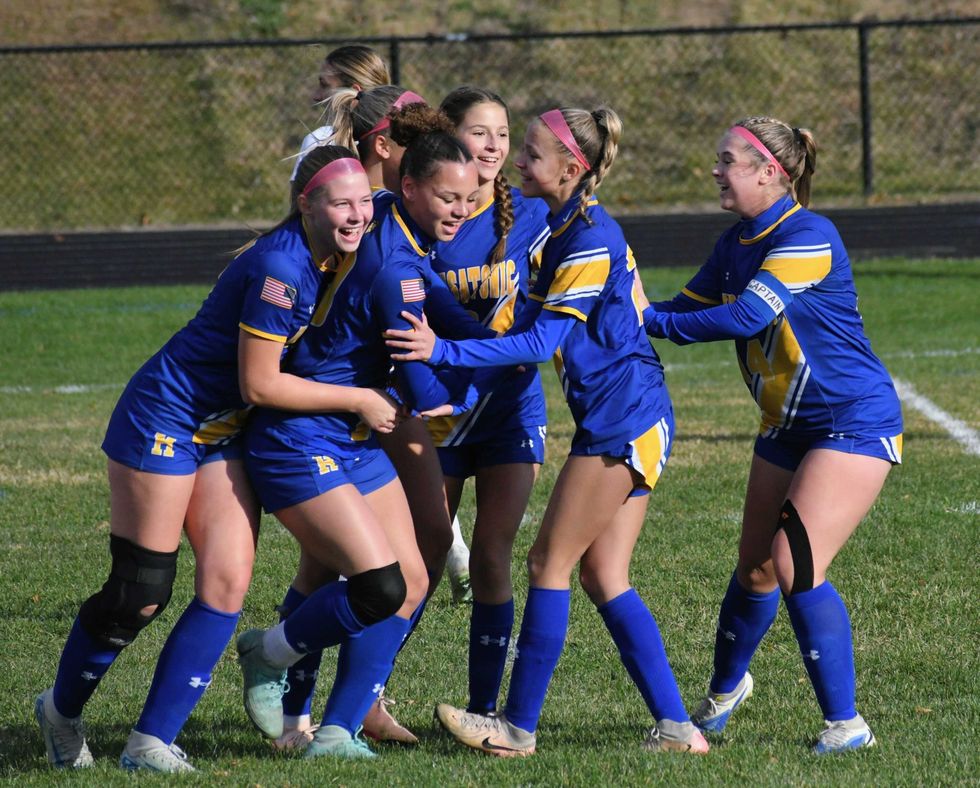 Housatonic celebrates a goal in the Class S tournament.Photo by Riley Klein
Housatonic celebrates a goal in the Class S tournament.Photo by Riley Klein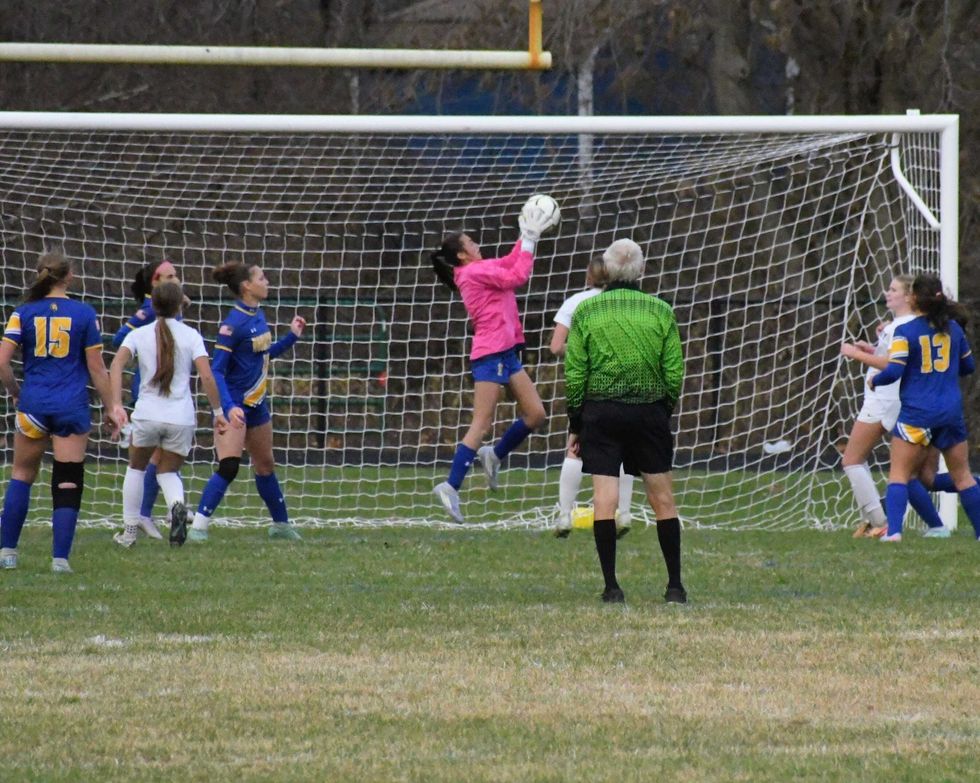 Goalie Vi Salazar makes a save late in the quarterfinal game Nov. 7.Photo by Riley Klein
Goalie Vi Salazar makes a save late in the quarterfinal game Nov. 7.Photo by Riley Klein